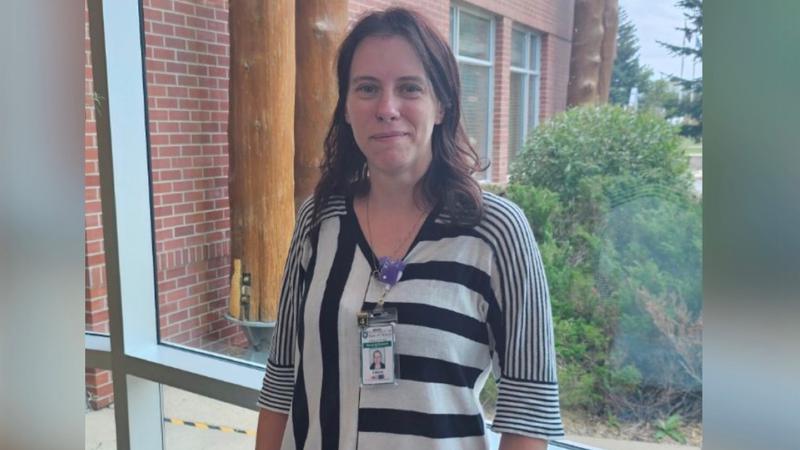
Forensic pathologist outlines autopsies at coroner’s inquest
Editor’s Note: This story contains graphic details of violence and testimony from those who performed autopsies on the victims of the mass stabbings.
—
Day 9 of the Coroner’s Inquest into the mass stabbings at James Smith Cree Nation (JSCN) and Weldon focused on six of the autopsies performed on the victims.
The matter-of-fact nature of Thursday morning’s testimony belies the tragic, gruesome nature of the subject matter.


